- Tips
- technology
- Frequently Asked Questions
- Tests
- mAh capacity
- Rated Capacity
- everActive
- comparison
- Durability of rechargeable batteries
- Efficiency of rechargeable batteries
- battery voltage
- Accumulated energy
- Batteries vs rechargeable batteries
- LR03 AAA
- LR6 AA
- eneloop
- AG13 LR1154 LR44
- Delta V
- Charge Cycles
- internal resistance
- charge level
- CR 2032
- memory effect
- accredited test
- SR44 357
- Hearing Batteries 675
- SR626 377
- Watch Batteries
- Polarity
- Mah
- passivation
- LS 14250
- LS 14500
Have you been doing it wrong all your life? - How to properly install batteries and rechargeable batteries?
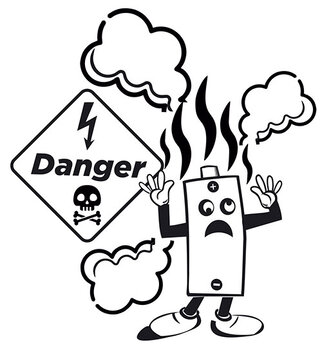
The power supply compartments of typical household equipment, in which we install popular fingers, usually look very similar. Regardless of whether it is AA alkaline batteries (also known as LR6) or AAA (LR03), corresponding Ni-MH rechargeable batteries, Li-ion 18650 batteries, etc.
A typical battery compartment in the place of contact with the power source consists of a spring on the "minus" side, and a slightly flatter contact on the "plus" side. Less often from two springs or two flat plates on both sides.
Depending on the device, such a compartment or basket can hold up to 8 pcs. and more batteries that will be pretty tightly stacked.
In typical appliances, we usually install two, three, four batteries.
When installing any cells in such a power chamber, we often do it automatically, without due attention, as a result of which we can even damage the entire device.
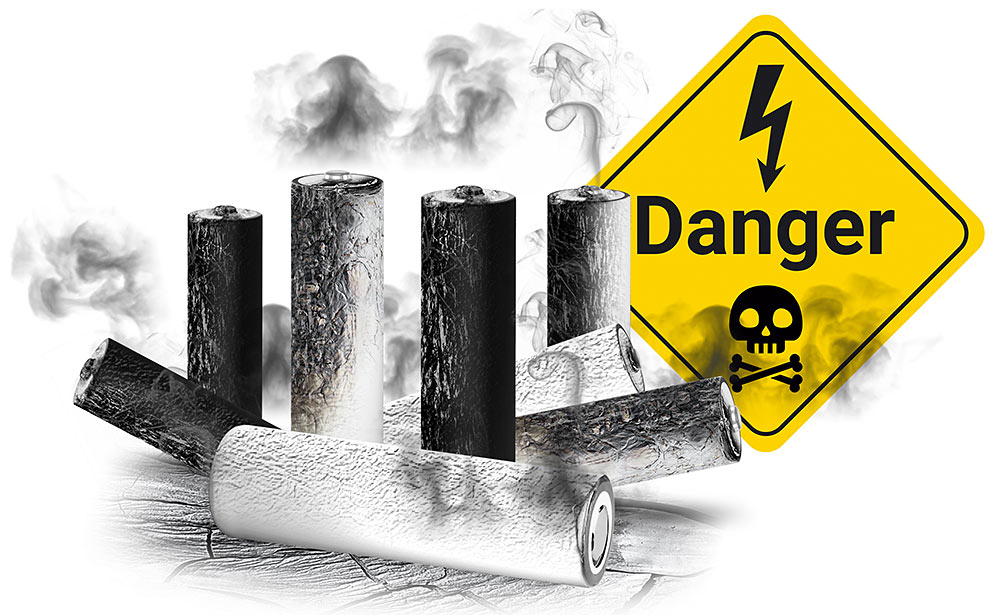
What should you pay attention to when putting new batteries and rechargeable batteries in your device?
1. Each time check, even twice, the polarity (+/-), whether you are sure to install the battery in accordance with the attached instructions, or with pictograms / markings on the device. If we install only one of them incorrectly out of several batteries connected in series, nothing bad will happen, except that the device will not start. However, if for some reason we install all the cells in reverse (or even one if the device requires a single battery), there is a chance that we will lead to permanent damage to our equipment.
2. When installing batteries, make sure that they are in contact securely and correctly in the power compartment of your device. Batteries, Ni-MH rechargeable batteries can differ in dimensions by fractions of a millimeter and finish and sometimes it happens that the contact on the plus side (+) is placed too deep for our battery, or the spring makes poor contact / does not contact at all. In such a situation, our device may not even start - we wrote about it in more detail in another -->>post<<--.
It is also worth paying attention to whether there are any protruding sharp elements in the area of the springs/pressure plates - even an innocent-looking bent piece of wire can cause a very dangerous short circuit - we write about this in more detail in the next point.
3. While the above points may seem very obvious or trivial to you, we make you very sensitive to these basic rules, because every day we observe many situations where users make simple mistakes.
The least obvious case, however, is something completely different. When installing a disposable battery or a rechargeable battery in the power compartment or basket, we must be aware that unconsciously, very easily, we can lead to a temporary or even permanent short circuit of our cell.
Sometimes the consequences of such a short circuit can be deplorable - melted plastic, spilled battery, and if we use e-cigarettes and deal with powerful Li-ion 18650 batteries, even the risk of a fire breaking out.
Why is it so easy to have a moment of inattention and a short circuit? After all, popular batteries and rechargeable batteries are covered with wrapping and insulating elements to protect them against inadvertent short circuits.
However, when we look at these links without a wrap, it turns out that there are significant differences between them and in both cases there are potential traps waiting for the user.

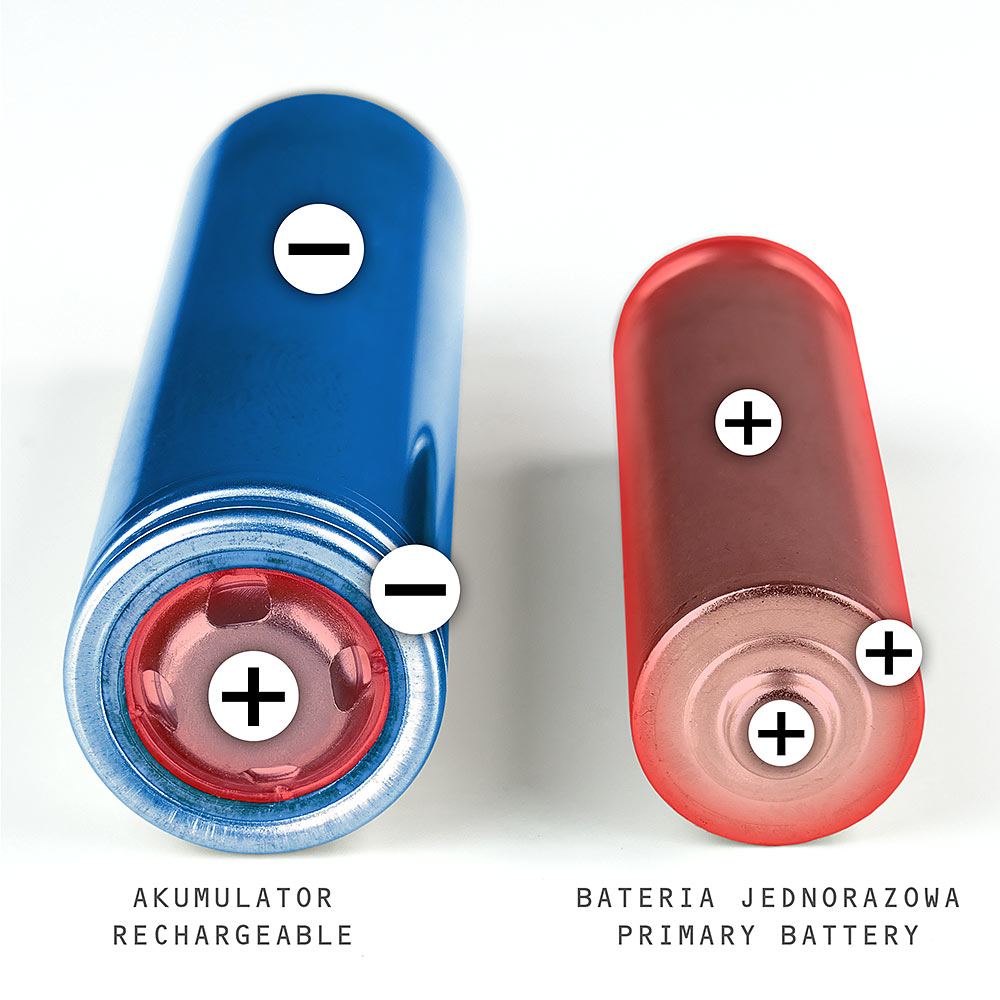
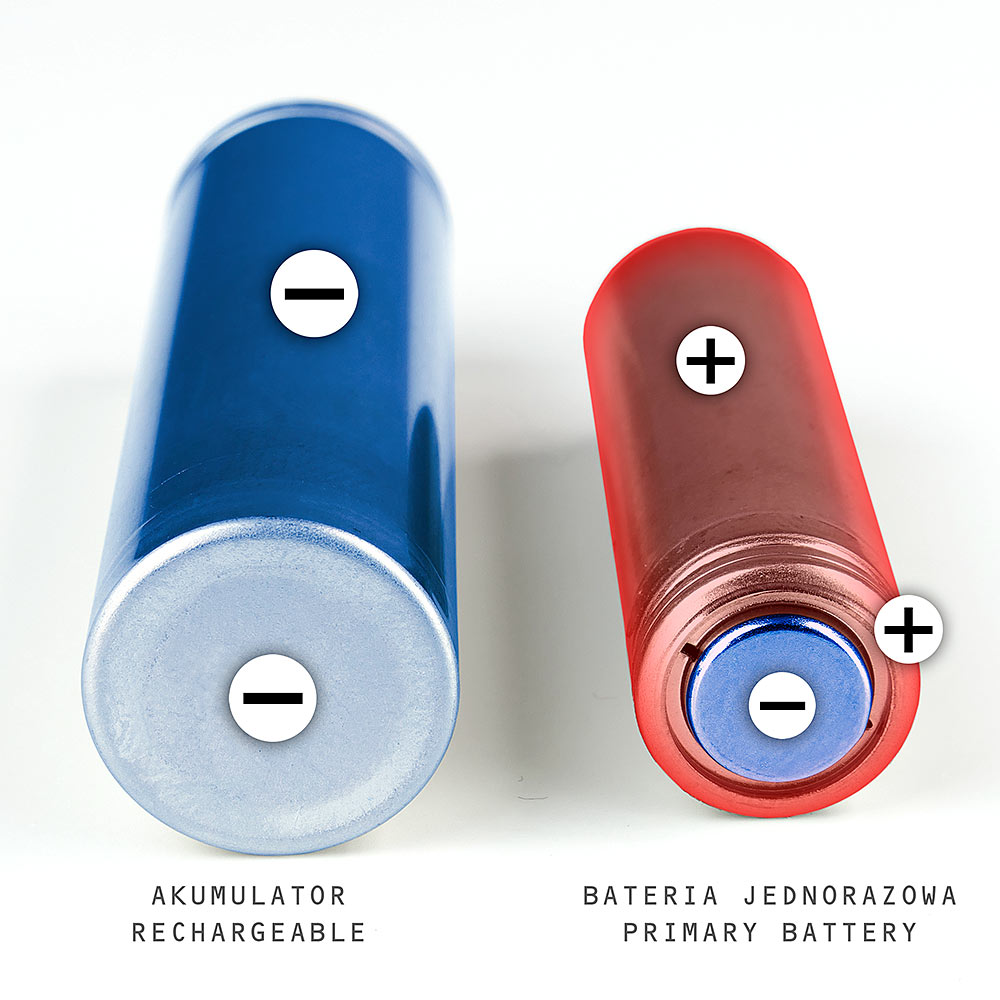
A typical AA/AAA alkaline battery (LR6/LR03) is additionally insulated on the minus side, while most rechargeable batteries, including the popular Ni-MH or Li-ion 18650 batteries, are insulated on the plus side. Thus, under the wrap on the side surface of the alkaline battery we usually have a plus (+), while on rechargeable batteries it is (-).
The place that requires special caution is in particular around minus (-) when using an alkaline battery, and plus (+) when using rechargeable batteries.
When installing an alkaline battery, pay attention to whether the spring / pressing plate on the minus side presses our battery centrally and securely. Make sure that there is no sharp element, wire, etc. sticking out there. which could damage the insulation at the edge of the battery. In the case of heavy pressure directly on the edge of the battery from the minus side, we can lead to abrasion, damage to the insulation, which leads to a short circuit of such a battery - as a result, the battery can refuse to work much faster, prematurely, and even heat up very strongly and spill out, leading to damage. If the battery falls and becomes deformed, damaged on the minus side, we should not install it in the device at all. Before installing a new battery, it is worth checking it carefully for signs of mechanical damage.
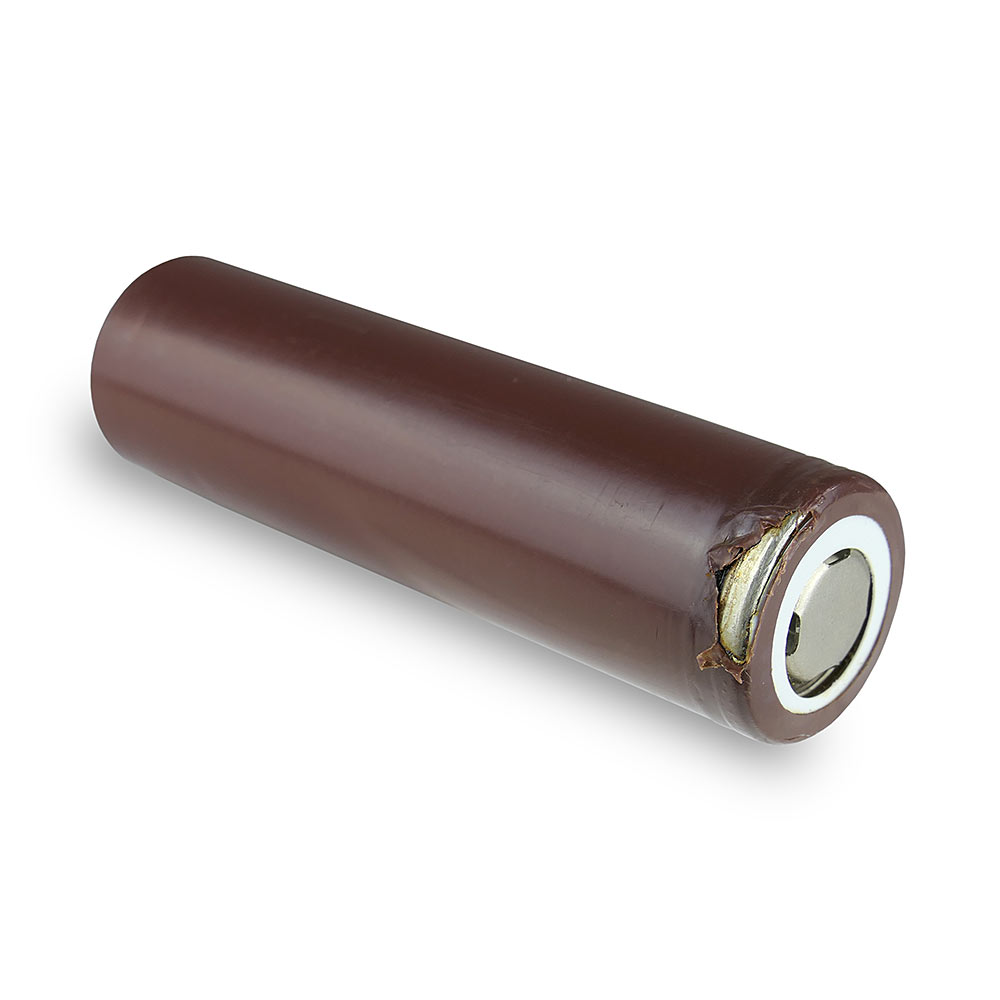
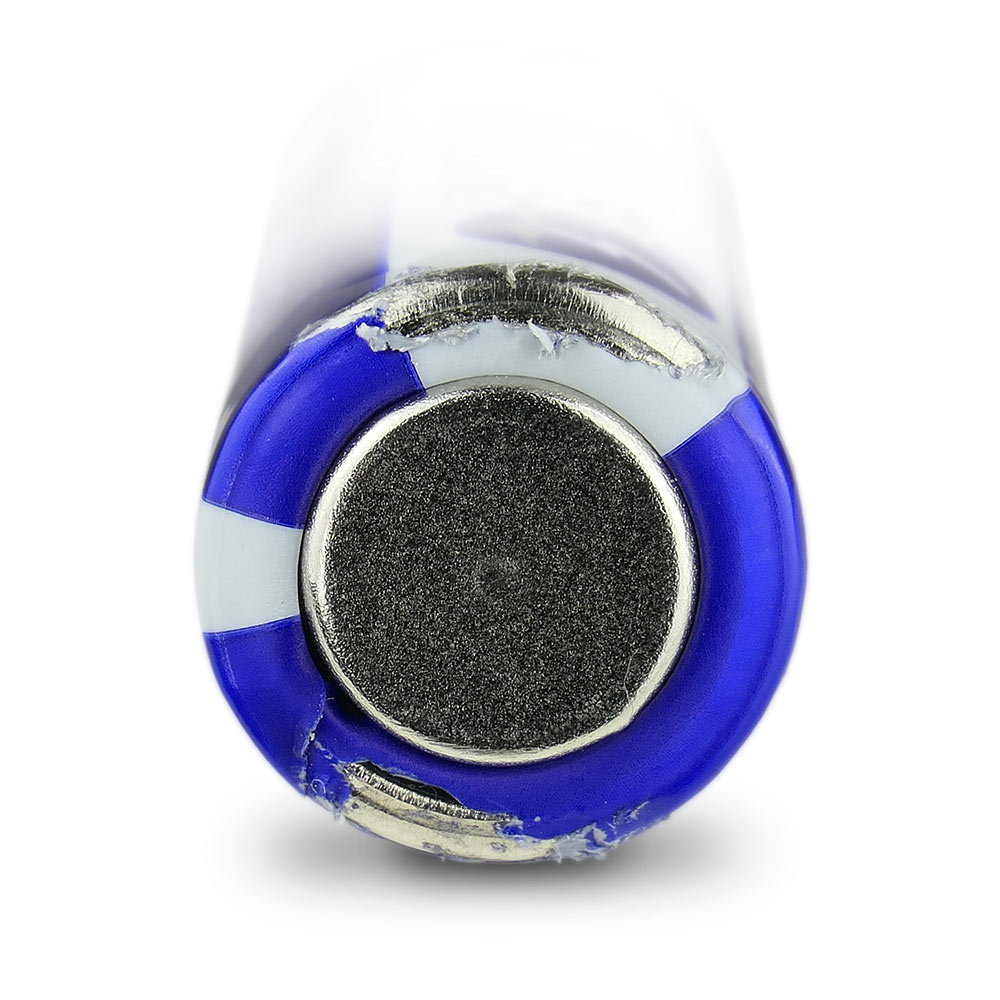
Similar problems may await us when using Ni-MH or Li-ion 18650 batteries. Here, however, the most exposed place is the plus (+) end of the cell. Before installing the battery, carefully assess the contact point in the power compartment. Is the contact on the plus side of the battery secure, are there no sharp, protruding edges, etc. Wiping the insulation around the positive terminal of the battery can lead to a short circuit. The effects of short-circuiting batteries are usually much more severe than short-circuiting a disposable battery - they release much more energy, so in extreme cases we even risk fire.
Loss of insulation on the side surface of the batteries can also be dangerous – regardless of their location. In a basket where we alternately (series connection) install 2 (or more) batteries next to each other, contact with side, exposed surfaces will also result in a dangerous short circuit.
Therefore, when our batteries have damaged insulation, especially around the positive terminal, they should not be used.
I hope that these simple tips will allow you to use your power sources even more fully and consciously.
Author: Michał Seredziński
Copying the content of the article or its part without the consent of a representative of Baltrade sp. z o.o. is prohibited.